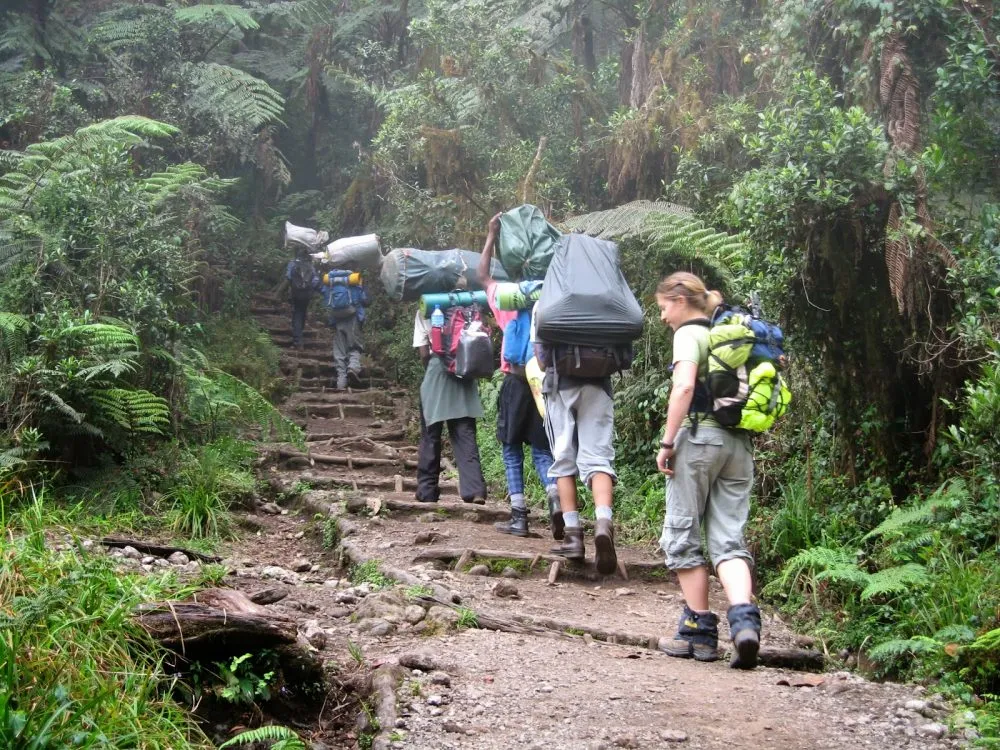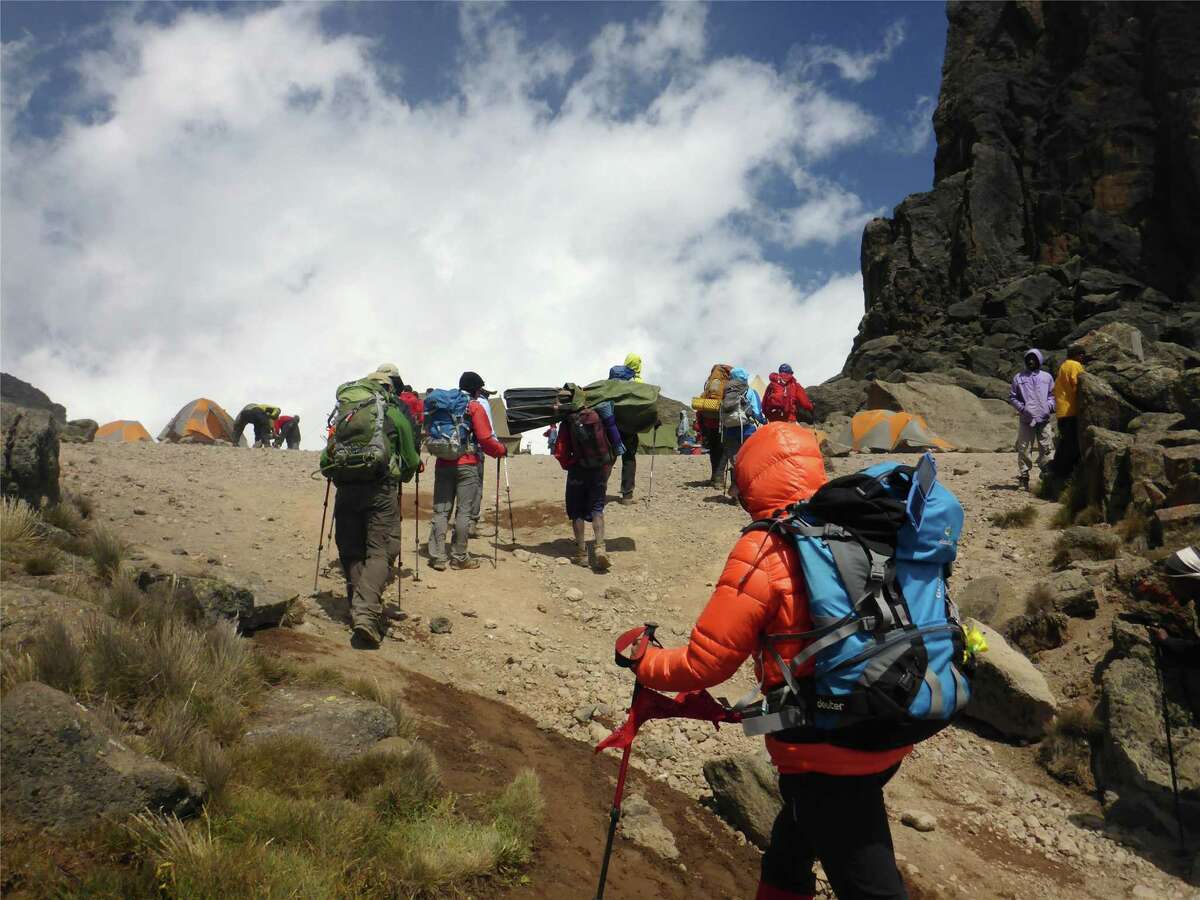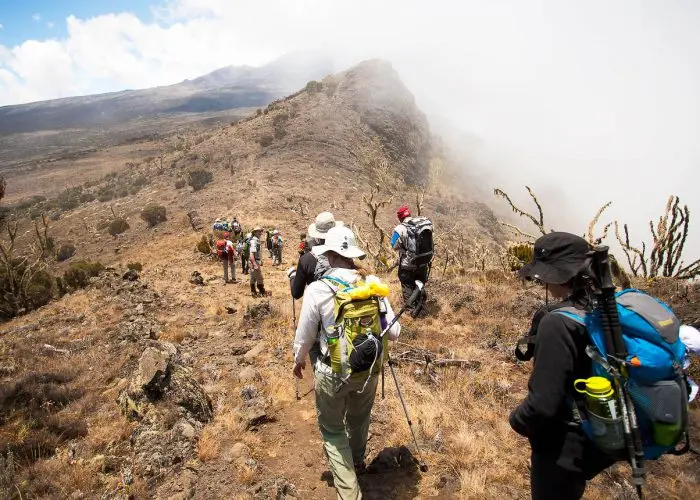
Embarking on a Mount Kilimanjaro climb is a physically demanding endeavour that requires a good level of fitness and stamina. To increase your chances of a successful summit, it’s essential to engage in a comprehensive physical training regimen prior to the climb. In this section, we’ll explore various aspects of physical training and provide you with valuable tips to prepare your body for the challenge that lies ahead.
Physical training plays a crucial role in your overall preparedness for a Mount Kilimanjaro climb. Here’s why it’s important:
Climbing Mount Kilimanjaro involves long hours of trekking at high altitudes. Engaging in regular physical training improves your cardiovascular fitness, strengthens your muscles, and increases your stamina and endurance. This will enable you to cope with the physical demands of the climb and reduce the risk of exhaustion.
A strong body is better equipped to handle the challenges of ascending steep trails, carrying a backpack, and navigating rough terrain. Incorporating strength training exercises into your routine, such as squats, lunges, and core exercises, will help build muscular endurance and improve your overall strength.
Physical training helps your body adapt to the reduced oxygen levels at higher altitudes. By engaging in regular cardiovascular exercises, such as running, cycling, or swimming, you can improve your lung capacity and enhance your body’s ability to acclimatise to the thin air on the mountain.
Preparing your body through physical training minimizes the risk of common injuries such as sprains, strains, and muscle cramps. Strengthening your muscles and joints through exercises and stretching routines will make you more resilient and less prone to injuries during the climb.
When designing your physical training program, consider incorporating the following elements:
Engage in activities that elevate your heart rate and improve your cardiovascular fitness. Running, cycling, hiking, or using a stair climber are great options. Aim for at least 3-4 sessions per week, gradually increasing the duration and intensity of your workouts.
Include strength training exercises to build muscle strength and endurance. Focus on exercises that target your legs, core, and upper body. Squats, lunges, push-ups, planks, and shoulder presses are effective exercises to incorporate into your routine. Aim for 2-3 strength training sessions per week, allowing adequate rest days for muscle recovery.
To simulate the conditions of the actual climb, incorporate regular hiking sessions into your training program. Gradually increase the distance and elevation gain of your hikes to mimic the challenges you’ll face on Mount Kilimanjaro. If possible, find hilly terrains or use a stair climber to strengthen your leg muscles and improve your uphill endurance.
Maintaining flexibility is crucial for preventing injuries and improving your overall mobility. Incorporate stretching exercises into your routine, focusing on your lower body, back, and shoulders. Yoga or Pilates classes can also be beneficial in improving flexibility and core strength.
If feasible, consider incorporating altitude training into your program. This can involve using altitude simulation equipment or visiting high-altitude locations for training hikes. Altitude training helps your body adjust to lower oxygen levels and prepares you for the challenges of climbing at higher altitudes.
To make the most of your physical training for the Mount Kilimanjaro climb, keep the following tips in mind:
Start Early: Begin your training program several months in advance to allow ample time for conditioning your body and gradually increasing the intensity of your workouts.
Consistency is Key: Stay consistent with your training schedule, balancing rest days with active training days. Regularity in your workouts will yield better results and help prevent injuries.
Progress Gradually: Gradually increase the duration, intensity, and difficulty of your workouts. Pushing yourself too hard too soon can lead to overexertion and injuries. Listen to your body and progress at a pace that suits your fitness level.
Cross-Train: Incorporate a variety of exercises into your training program. This will work different muscle groups, prevent boredom, and provide a well-rounded fitness base for the climb.
Hydrate and Eat Well: Stay hydrated throughout your training and maintain a balanced diet rich in nutrients. Proper hydration and nutrition are essential for optimal performance and recovery.
Listen to Your Body: Pay attention to any signs of discomfort or pain during training. If you experience persistent pain or injuries, seek medical advice and modify your training accordingly.
Remember, physical training is just one aspect of preparing for a Mount Kilimanjaro climb. Mental preparedness, proper gear, and acclimatization are equally important. Combine your physical training with mental conditioning and comprehensive preparation to increase your chances of a successful and enjoyable climb.
Best Tanzania Safari Packages To Witness The Abundant Wildlife That Call It Home.
For More Exciting & Better Value Safari.







© 2023 Forever Nature Safaris | All Rights Reserved.